SLC21/WK1: Introduction to Basic Electrical Hand Tools & Measuring Instruments.
Dear Steemian Friends,
Welcome Steemian Friends to Learning Lesson Basic Electricity in Week 01 of Steemit Learning Challenge Session 21. In the first week, we will teach you about the tools you need for electrical work. We will try to teach electrical work easily. One of our students can learn from us and troubleshoot electrical problems at home or work, so we will discuss electrical tools in the first week.
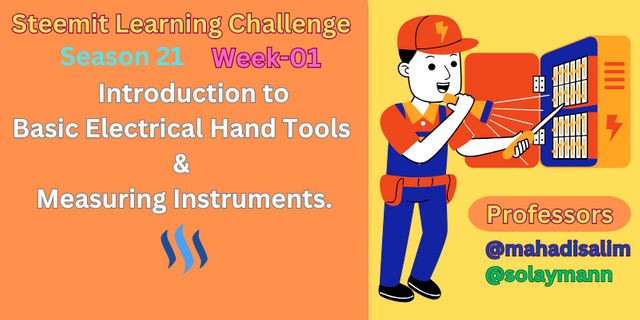
Design By Canva
The first week is very important for us to learn basic electricity. The next lessons will be easier for every student if they know how to use tools, especially for electrical work. When there is an electrical problem, an electrician must first select tools. There are a variety of tools for troubleshooting electrical problems.
Electrical tools are generally of three types. Namely:
- Electrical hand tools
- Electrical power tools
- Electrical Measurement Tools
The tools used by hand during electrical work are called electrical hand tools. These tools do not require electrical power. Most electrical work tools are hand tools. Below, we have given the names, pictures, and uses of some important hand tools that we will need during our next lesson and electrical work.
Combination Pliers:
Combination Pliers are electrical hand tools. They are used to lift the insulation of electrical cables and hold electrical wires and components used in electrical work. Combination pliers are most commonly used for cable jointing.
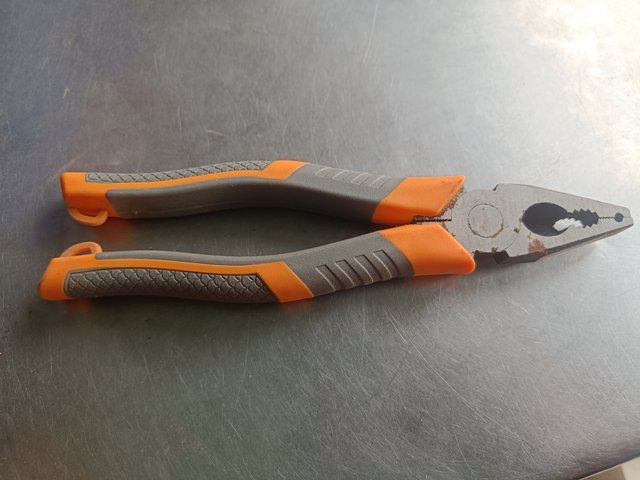
Combination Pliers
Neon Testers:
Neon testers are electrical hand tools that detect the presence of electricity. They are one of the most important tools used in electrical work, and they reduce the risk of accidents.
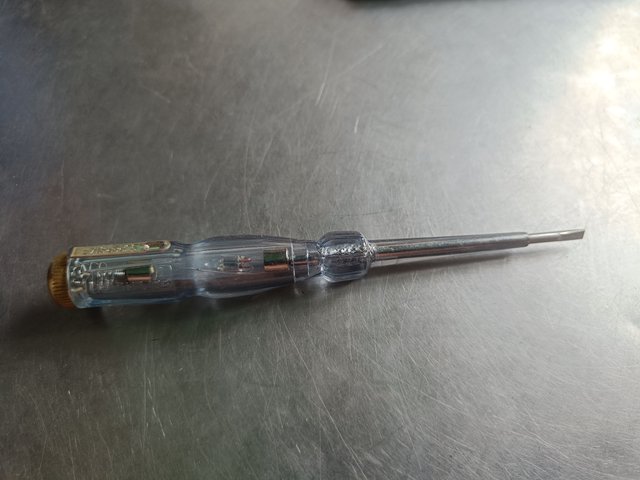
Neon Testers
Flat screw-driver:
A flat screwdriver is a hand tool. Flat screws are used for opening and fitting during electrical work. We will use these tools in every lesson.
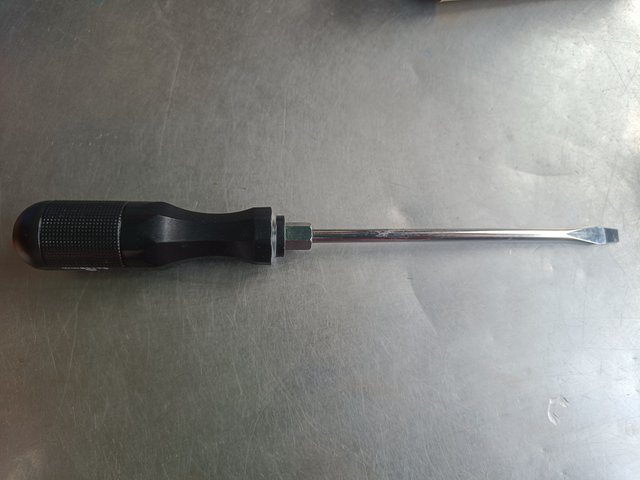
Flat screw-driver
Star screwdriver:
A star screwdriver is a hand tool. We will use a star screwdriver to open and install star-type screws. We will use these tools in every lesson.
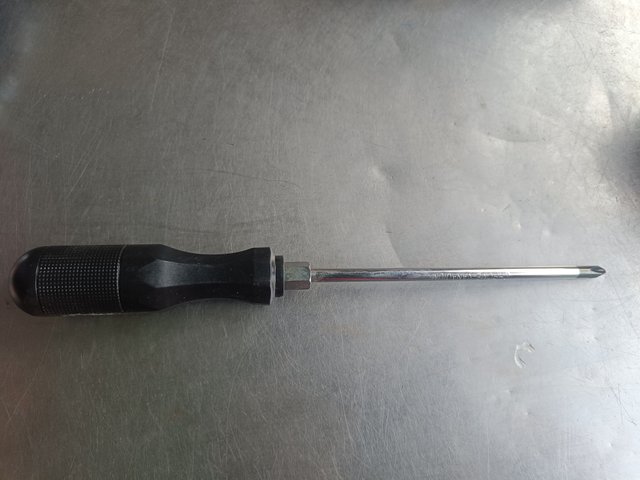
Star screwdriver
Cutting Pliers:
Cutting pliers are an important hand tool. They are used to cut cable installation and are mostly used in cable joint work. Cutting pliers will be needed in our lessons.
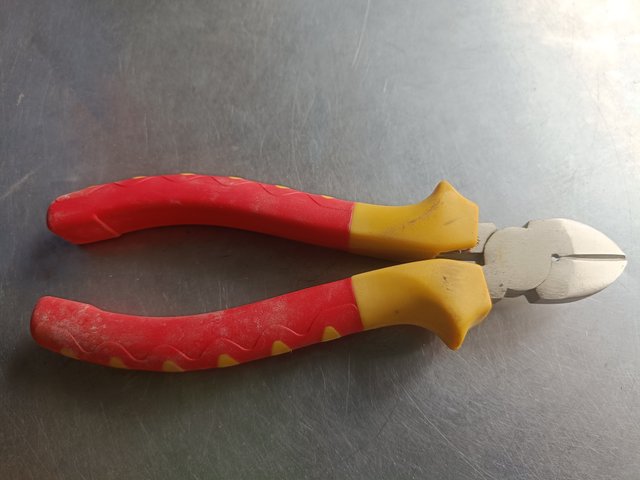
Cutting Pliers
Long-Nose Pliers:
This is a hand tool. We will use long-nose pliers for cable insulation, cutting, and tightening delicate components.
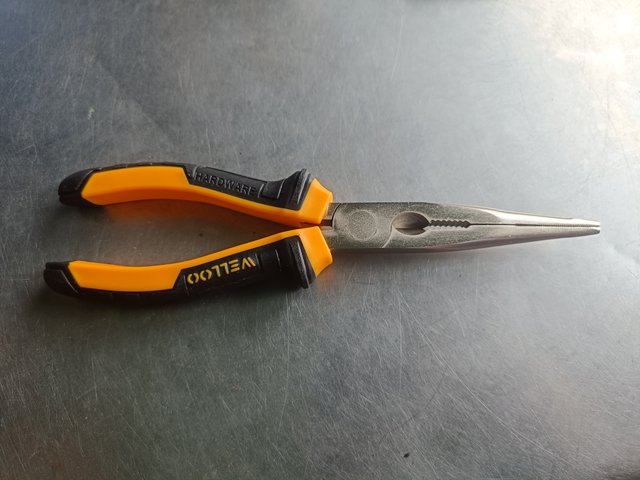
Long-Nose Pliers
We call them electrical power tools if they are used during electrical work through an electrical connection. We have mentioned the names of the electrical power tools below, working with pictures.
Soldering iron:
Soldering irons are electrical power tools that help us remove and install the components of the electronic circuit board. They require an electrical supply to operate.
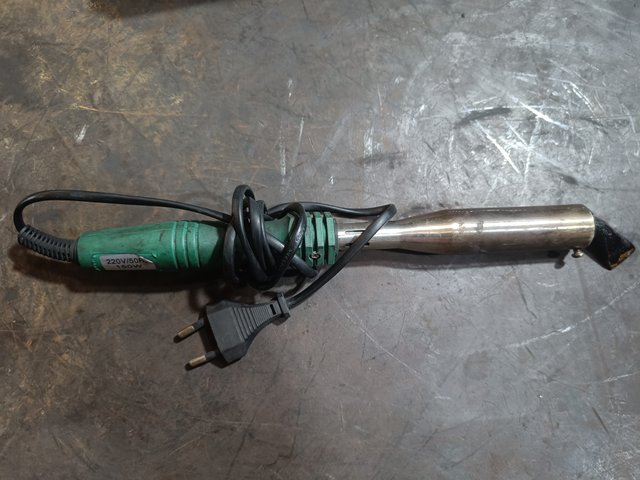
Soldering iron
Electric hand drill machine:
This is an electrical hand tool, a very important tool for our electrical work. It is used for drilling holes while installing house wiring and electrical instruments. An electrical supply is required to operate these tools.
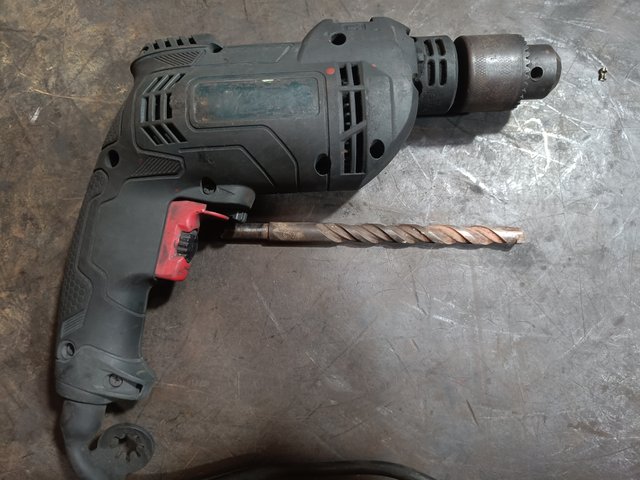
Electric hand drill machine
Instruments for measuring electrical quantities such as current, voltage, resistance and frequency are called electrical measuring instrument tools. Below, we have discussed some of the most commonly used electrical measuring instrument tools.
- AVO meter or multimeter
- Megger meter
- Earth tester
AVO Meter or Multimeter:
The full form of AVO is Ampere Voltage Ohm. We are now known as a multimeter. With a multimeter, we can measure current (AC and DC), voltage (AC and DC), resistance, and capacitance. We know a good electrical job would be if we could use a multimeter, so we will give the most importance to our students on the use of a multimeter.
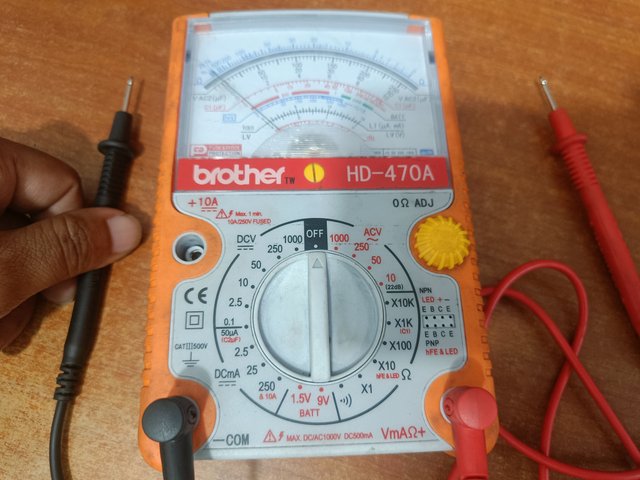
Analog AVO meter
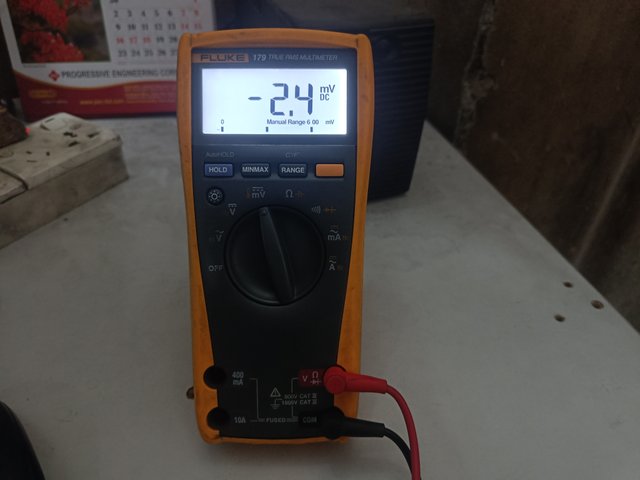
Digital Multimeter
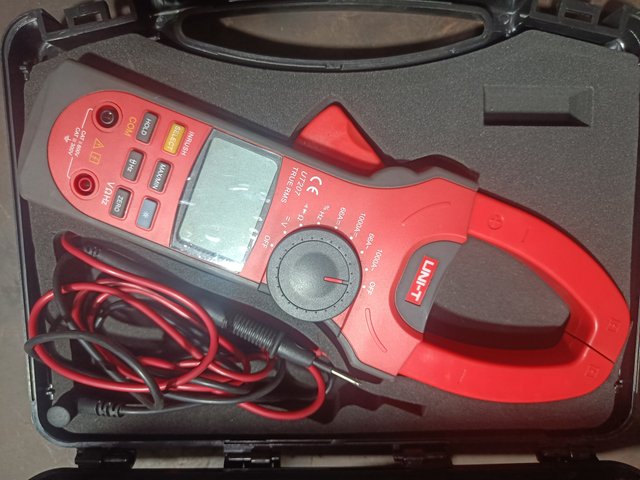
Digital Multimeter
Megger Meter:
A megger meter is mainly used to test the insulation of cables. We will do more work on high-voltage lines with megger meters, which range from megger meters (500-10,000) kV. In the beginning, we will learn to use a multimeter.
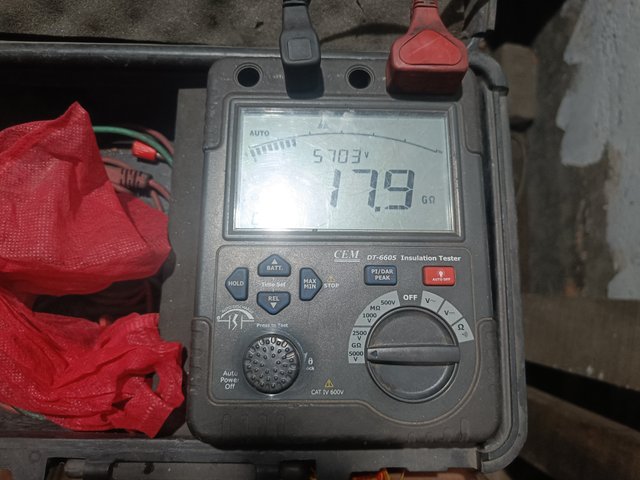
Megger Meter
Earth Tester:
Earthing is very important in the electrical system. Earthing is used to protect equipment from damage caused by electrical accidents. Earth capacitance in an electrical system is measured with an earth tester. We consider an earth capacitance of 5 ohms ideal for residential electrical systems. We consider earth capacitance to be 1-ohm maximum in high voltage systems. We will do the above earth calculation with an earth tester.
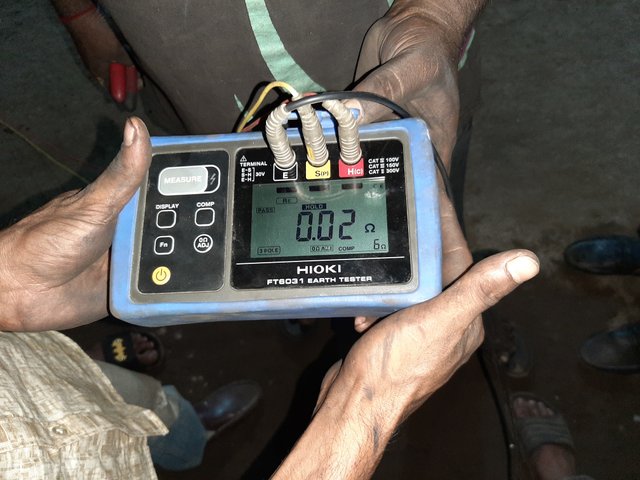
Earth Tester
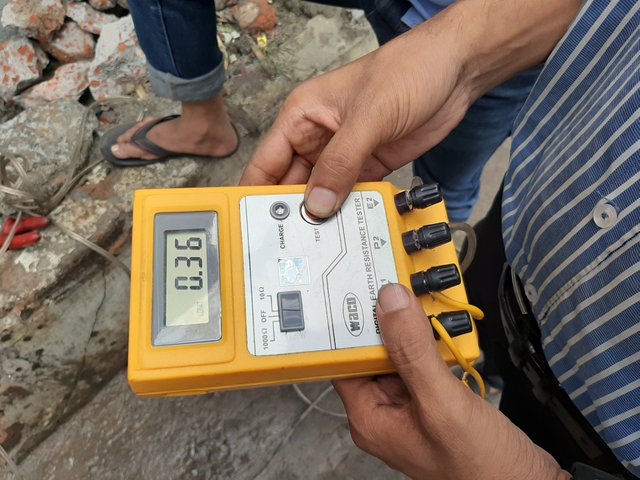
Earth Tester
We show students using a digital multimeter. You can use an analog multimeter if you want, but nowadays, digital multimeters are most widely used.
First, we take a 1000 amp range multimeter. A multimeter has two knobs. One red-coloured knob is considered positive, and the other black-coloured knob is considered negative. It is shown in the picture below.
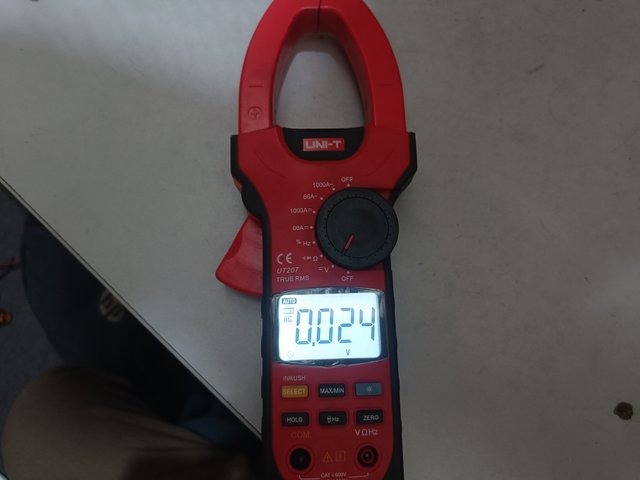
Then, we connect the red wire to the positive end of the multimeter and the black wire to the negative end, as shown in the picture below.
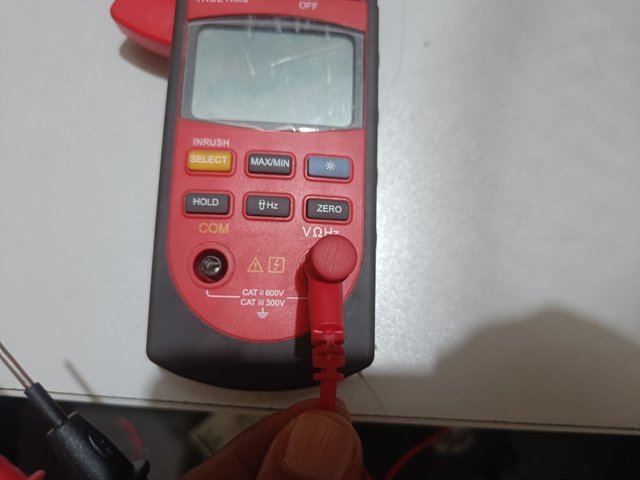
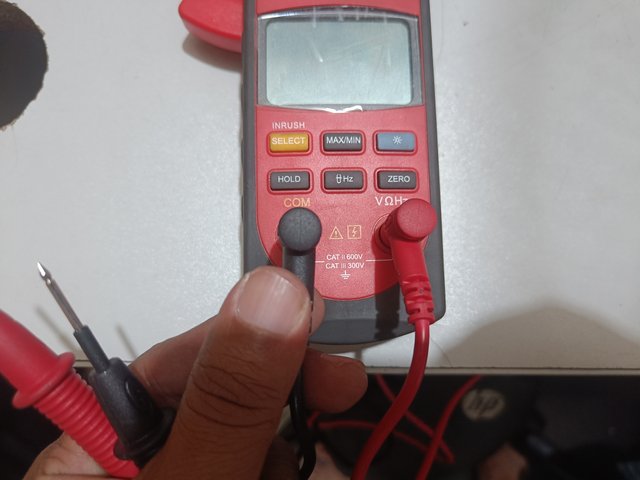
Then, we try to measure the voltage first. We first supply power to a multi-socket. We set the multimeter to the voltage rating. Since we will be measuring AC voltage, we will check the AC power setting in the display. Then insert the positive and negative knobs of the multimeter into the two multi sockets.
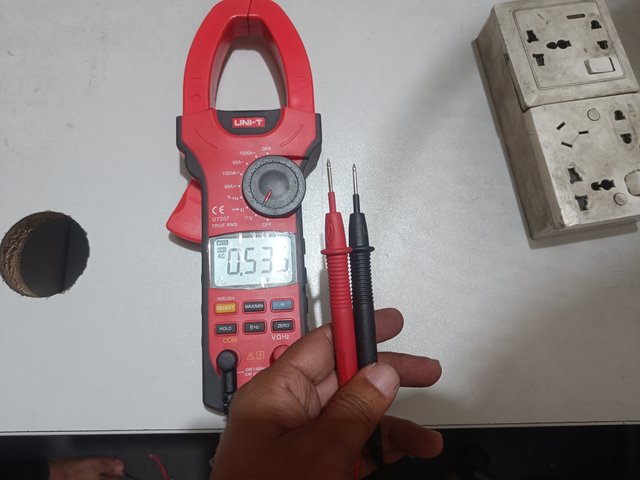
Then, we looked at the multimeter's display and saw AC 247 voltage. 220 volts is the standard voltage in our country. We measured the voltage with the multimeter and realized that there was a high voltage. In the above process, we will measure the voltage with a multimeter. Hopefully, our students have learned to measure voltage.
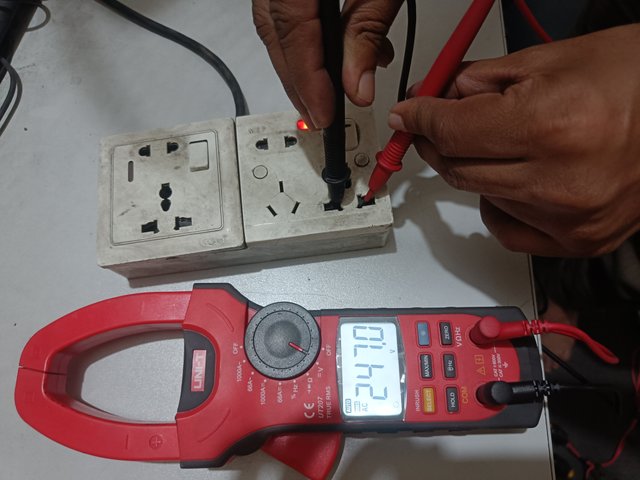
We will first set the selector switch of the multimeter to ampere to measure the current. Since we will measure AC, we will look at AC amperes in the display. Then, we will hold the multimeter between the device's cable to measure the current. Then, we will look at the display of the multimeter and see 0.23 AC amperes. In the above process, we will measure AC current. Hopefully, our students have learned how to measure AC current.
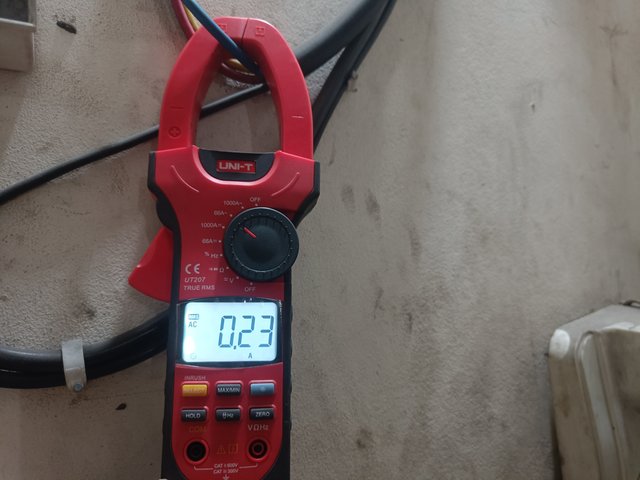
In the first week, we will show the students simple electrical work. We use multi-sockets at home to provide electrical supply to TVs or refrigerators. We now demonstrate a multi-socket wiring connection.
First, we take a multi-socket. Then, notice a three-pin, a two-pin and a switch in the multi-socket. There is an indicator light to see the power supply. There is no single gang box to house the multi-socket. It is shown in the picture below.
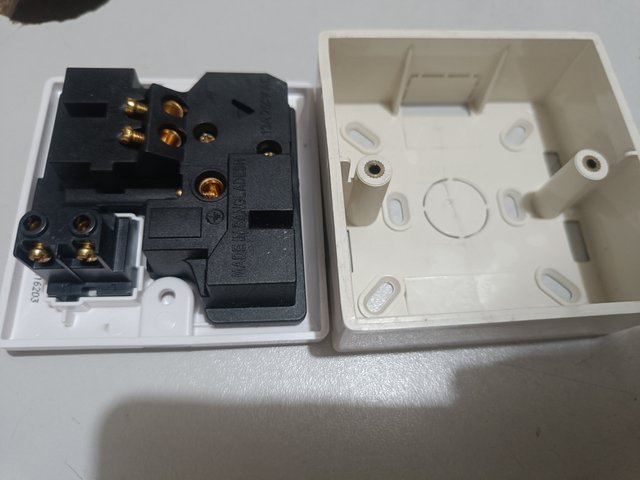
We see two terminals, L, L1, E, and N, in a multi-socket. Here, L and L1 are the lines or phases where the red wire is connected. As shown in the picture below, we make a phase connection between L and L1 with a piece of red wire.
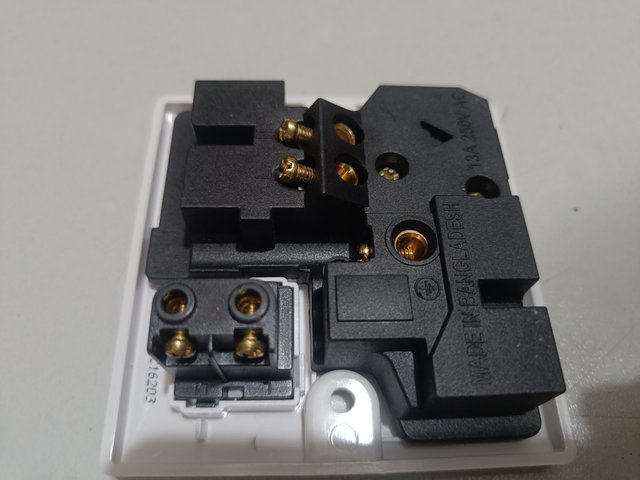
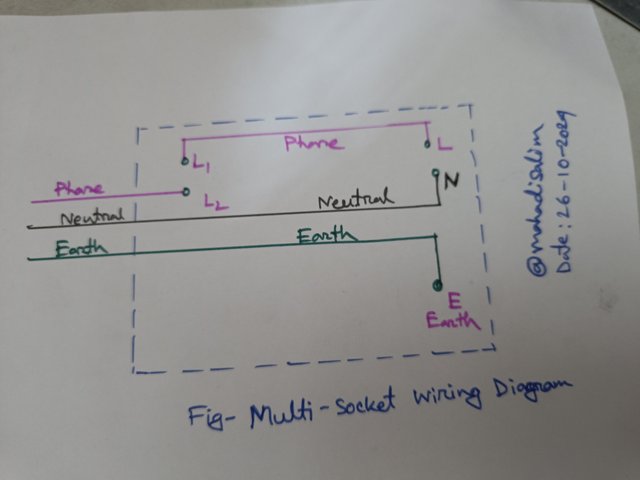
Then, we connect the N terminal with the black wire, which acts as neutral. This is shown in the picture below. We leave the E terminal empty to connect to the Earth. We will not make an earth connection, so the E terminal is empty. If you have a green wire like the Earth in your house, connect it to the E terminal.
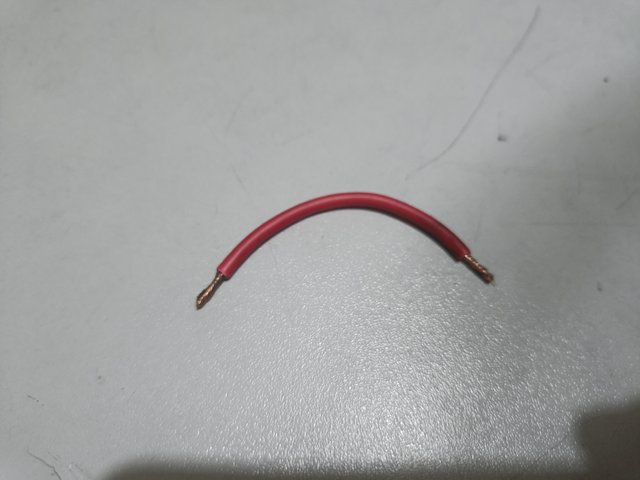
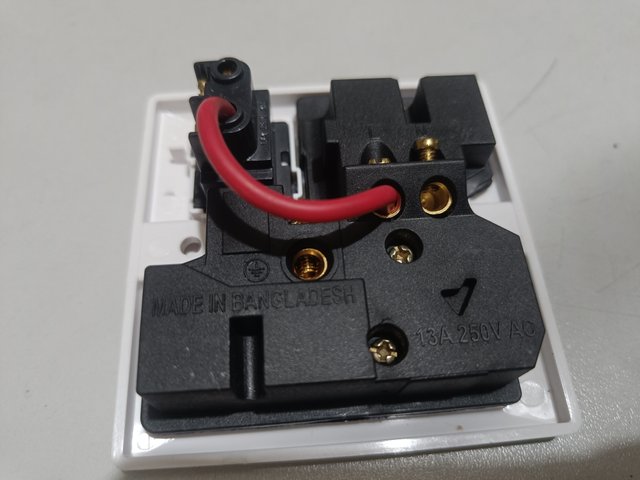
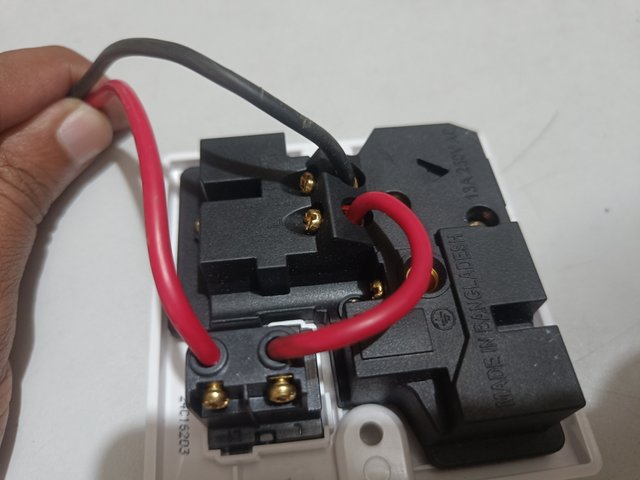
Then, we put the socket in the single-gang box and supply the power. Then, we turn on the multi-socket switch. Then, we check the presence of electricity with a neon tester. However, we can understand this by lighting the indicator lamp of the multi-socket. In the above process, a multi-socket electrical connection is made. Hopefully, our students can make multi-socket connections.
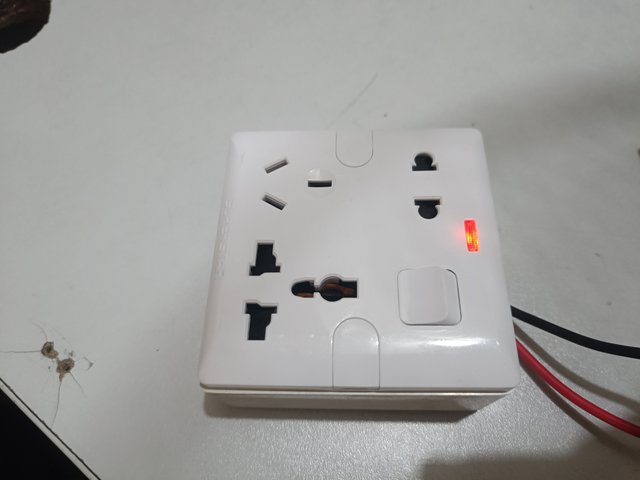
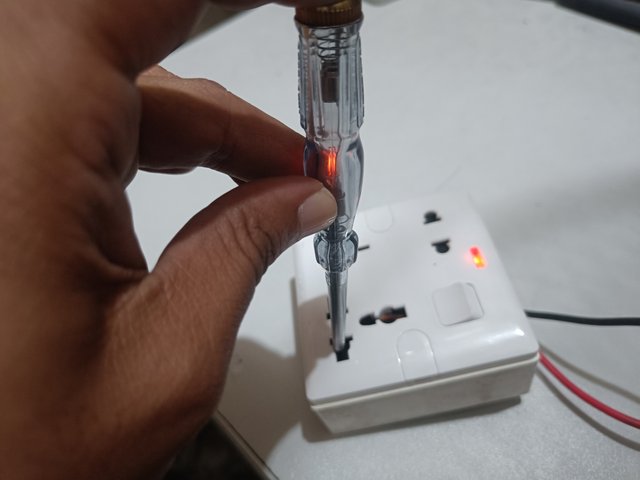
A. Identify the electrical tools in the picture and mention the name and function.
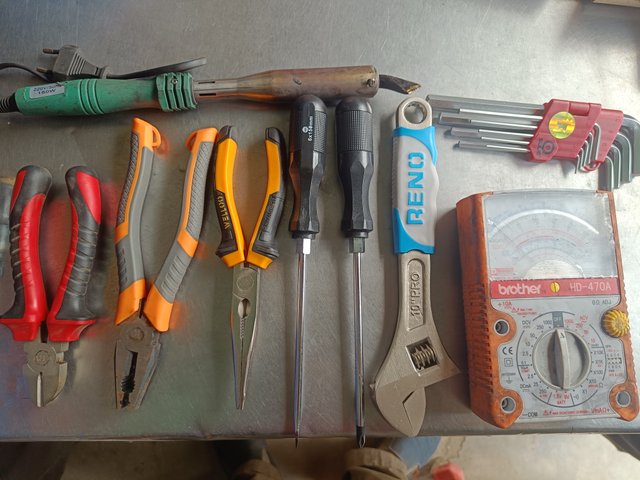
B. Suddenly, the power supply to your house has been cut off. As an electrician, do the following:
Check the presence of electricity in your home with a neon tester.
Measure your home supply voltage with a multimeter.
- What is the supply voltage of your home? Name the electrical devices in your home.
C. Complete the electrical wiring of a multi-socket and show us step by step.
D. Write your opinion about safety and precautions in electrical work while doing homework.
Marks Distribution:
| Sl. No | Marks |
|---|---|
| A | 2 Marks |
| B | 2.5 Marks |
| C | 4 Marks |
| D | 1.5 Marks |
- Keep safety clothes like shoes and rubber gloves during electrical work.
- Do electrical work with high confidence.
- Use electrical tools properly.
- Avoid insulation-damaged cables and faulty electrical equipment.
- Check again before giving an electrical connection.
- Use safety electrical switchgear so that the power supply is automatically shut off in case of an electrical fault.
An electrician doing electrical work at home needs to keep some important electrical tools. The following electrical tools will be required to complete our six-week lesson. Hopefully, our students will collect the tools.
- Neon tester
- Combination pliers
- A multimeter
- Star and flat screw-driver
- Your title should be "SLC21/WK1: Introduction to Basic Electrical Hand Tools & Measuring Instruments."
- The content must be #steemexclusive.
- The article must contain the tag #electricity-s21w1.
- Plagiarism is not allowed.
- The link of your task must be added in the comments of this publication.
- Use the burnsteem25 tag only if you have set the 25% payout to @null.
- You can publish homework in any community and in any language. But don't forget to use the original tag.
- Invite three of your active Steemian friends.
- The participation schedule is between Monday, October 28, 2024, at 00:00 UTC to Sunday, - November 3, 2024, at 23:59 UTC.
SC01/SC02 would check on the entire 17 participating Teaching Teams and Challengers and upvote outstanding content. Upvotes are not guaranteed for all articles.
At the end of the week, we would nominate the top 4 users who had performed well in the contest and would be eligible for votes from SC01/SC02.

Best Regards,
Basic Electricity Teaching Team



The sockets in my home look different, no light. Also before I would start I switch off the power! You don't do that nor advice to do so?
We have a main power switch plus switches for different groups.
If the power is off I first check the main (safety) switch. If that one is still working the problem is inside the house, if not it's the town and the energy company can be called or the city or I wait till they switch it on.
If inside and it is one of the groups some electric tool is defect. If I remove it (that tool) and switch on that group everything is back to normal.
Officially, we are not allowed to do this ourselves 🤐
The tools you show I have but I wonder how people join who can't buy it.
Good luck teaching.
🍀♥️
Dear, Thank you very much for your nice comment. I understand from reading your comment that you have appliances to work in case of electrical problems in your home. Some important electrical appliances should be kept in every home.
Just as it is important to have first aid kits in every home, we should all have basic electrical troubleshooting equipment that you have in your home.
I am very happy to see your basic electrical knowledge. We all should have basic knowledge of electrical troubleshooting. You check the distribution box when your home's power goes out. Then you check with the power supply company if there is a problem. This is how step by step to check if there is electrical disconnection.
I suggest you check your electrical plug with a neon tester and then check the circuit breaker in your distribution box when you think you have power in your neighborhood but your home doesn't. Then you will find the primary problem.
Through our Basic Electricity Lesson, we want to teach a student how to check electricity with a minimum neon tester. We want every user to know at least basic electrical knowledge. It will cost some money.Thank you again.
I believe you are already a few steps forward if it comes to basic lessons. Is this a followup of a course?
I have a tester though it's mainly used to check the batteries.
My entry link https://steemit.com/hive-170554/@nurnobi10/slc21-wk1-introduction-to-basic-electrical-hand-tools-and-measuring-instruments
You talked about completion of electrical wiring, I think you should have provided alternative for those planning to attend this homework who is not an electrician, remember not everyone on this platform is an electrician, you should structure your post all round to favour everyone, your should list out various home-work tasks, grade then by Mark's and allow the audience to choose the ones that They have the capacity to execute then in the end you grade then by Mark's, doing this trust me everyone will smile in the end. Just making common sense. Good write-up indeed
Dear,
Thank you so much for reading the post and giving nice comments and suggestions. Friend our teaching title is about basic electricity. So we have to write about the basics of electrical work. A computer programmer will create lessons with programs in programming lessons. I think a Steemian friend should practice to have basic knowledge of electrical. We agree with you that not all Steemian friends have electrical knowledge. But we all need to know basic electrical knowledge.
Thank you, it is useful. I will try it when something is broken in my house
Hi, @mahadisalim,
Your post has been manually curated!
I wanted to participate in this but I couldn't find this one 🥲...
Don't have a multimeter? Maybe there are many people like you who don't have a multimeter. So we relaxed this task. Hope you can participate now.
Goodmornin sir,
Here is my entry:
https://steemit.com/electricity-s21w1/@ratelmay/slc21-wk1-introduction-to-basic-electrical-hand-tools-and-measuring-instruments
You've got a free upvote from witness fuli.
Peace & Love!
My entry
https://steemit.com/electricity-s21w1/@drcrypto1/slc21-wk1-introduction-to-basic-electrical-hand-tools-and-measuring-instruments
Here's my entry below
https://steemit.com/electricity-s21w1/@bonaventure24/slc21-wk1-introduction-to-basic-electrical-hand-tools-and-measuring-instruments